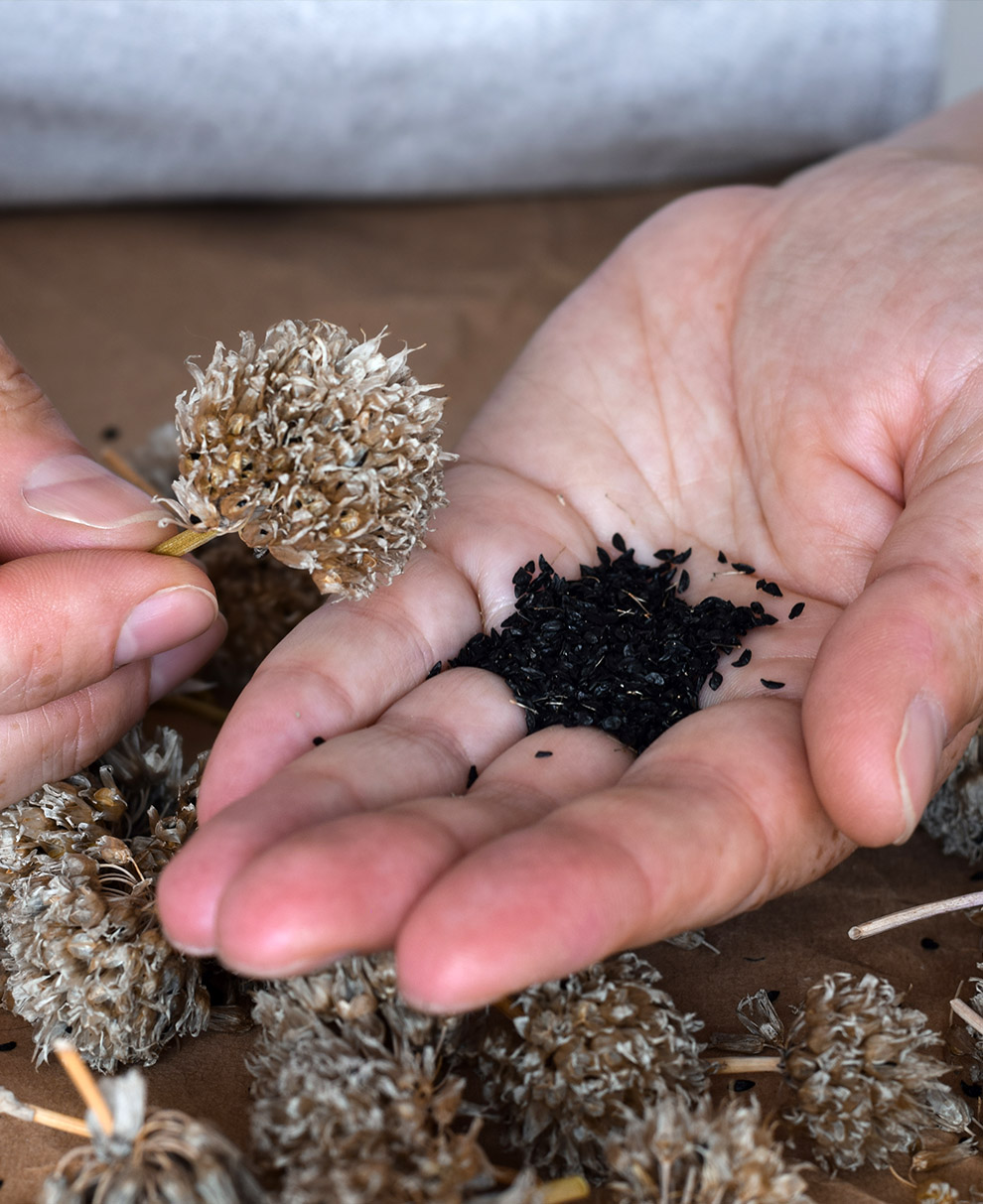Boosting Cross-Pollination for seed production
Pollination is a key pillar in ensuring the sustainable production of food and seeds. In response to the global pollinator crisis, Polyfly stands out as a pioneering company offering a natural, effective, and scientifically validated solution based on hoverflies.
Polyfly has revolutionized controlled pollination by becoming the first company in the world to domesticate and mass-produce two species of pollinating hoverflies: QUEENFLY® (Eristalis tenax) and GOLDFLY® (Eristalinus aeneus). Its mission is clear: to restore this essential ecosystem service, increase agricultural productivity, and actively contribute to biodiversity conservation.
Why Hoverflies Are Key in Seed Production
Hoverflies are the second most important group of pollinators worldwide, after bees and bumblebees. Their effectiveness in cross-pollinated crops makes them strategic allies in seed production thanks to the following characteristics:
- Generalist pollinators: They visit a wide variety of flowers regardless of shape, color, or size, maximizing cross-pollination in mixed crops.
- Highly efficient pollinators: Their hairy bodies carry large amounts of pollen, while their mouthparts allow them to access flowers of various morphologies.
- Persistent flower visitation: They make prolonged, fast, and frequent visits, significantly increasing fertilization rates.
- Environmental adaptability: They work efficiently under adverse weather conditions and across multiple cropping systems (open field, tunnels, nets, greenhouses).
- Safe and easy to handle: They are harmless, do not sting, and are free of pathogens. Delivered in ready-to-use recyclable cardboard boxes, they require no hives or complex infrastructure.
Crops Where Their Effectiveness Has Been Proven
These are some examples of cross-pollination for seed production:
Amaryllidaceae (onion, garlic, leek)
Crops of the Allium genus—such as onion, garlic, and leek—depend on insect pollinators to ensure high-quality seed production. Onion flowers, in particular, are well suited for insect pollination, and hoverflies have proven highly effective due to their visitation frequency and persistence. Their presence increases both fruit set and seed viability.
Apiaceae (carrot, celery, fennel, parsley)
These crops are characterized by compound inflorescences with numerous small flowers that require constant cross-pollination. Hoverflies excel in these crops thanks to their ability to visit multiple flowers in a short time, enhancing pollen transfer between genetically distinct plants. In carrot, celery, and fennel, their use is key for achieving effective fertilization and higher seed yields.
Asteraceae (lettuce, chicory, sunflower)
Several species in this family have partial or total self-incompatibility, making insect pollination essential. In chicory varieties, hoverflies significantly improve cross-pollination, resulting in increased seed number and viability. While lettuce is capable of self-pollination, hoverfly activity enhances both seed quality and commercial yield. Sunflower pollen is heavy and not efficiently wind-dispersed, making hoverflies essential for achieving uniform and abundant seed production.
Brassicaceae (canola, cauliflower, broccoli, radish, kale)
Many crops in this family exhibit self-incompatibility and therefore rely heavily on insect-mediated cross-pollination. Introducing hoverflies has proven especially beneficial for broccoli, cauliflower, kale, Brussels sprouts, and radish. In the case of canola (Brassica napus), trials have shown that pollination with QUEENFLY® can boost yields by up to 20%, with significant improvements in seed count and total harvest weight.
Ornamentals (chrysanthemums, gerberas, myosotis)
In ornamental flower seed production, hoverflies serve as safe and effective pollinators, especially in protected environments like greenhouses. Their non-aggressive behavior and ability to access a wide variety of floral structures make them ideal for maintaining genetic and morphological uniformity in ornamental crops. In chrysanthemums, gerberas, and myosotis, hoverfly-assisted pollination has been shown to increase both pollination rates and viable seed output.
How Are They Used?
Polyfly hoverflies are practical and efficient to use. They are delivered as pupae in recyclable boxes, ready to be released. However, before applying them to your crop, it’s essential to coordinate with our technical team to define the following parameters:
- Dose calculation: Depends on the type of crop and production system. Direct consultation with the Polyfly team is recommended to tailor the protocol.
- Reception and storage: Keep boxes in a dry, shaded place. To delay emergence, store at 6–10 °C for 3–5 days.
- Adult emergence: Takes 2 to 7 days depending on temperature. Pollinating activity begins 1 to 3 days after emergence.
- Acclimatization: Under high temperatures, acclimate pupae at 20–25 °C for 2–3 days before release.
- Releases: Typically, two main releases are made during flowering, adjusted according to crop development. In some cases, 3 to 6 releases may be needed depending on flowering dynamics and crop type.
To optimize pollination results, avoid direct exposure to rain or irrigation, protect from predators such as ants, and provide supplementary food sources like sugar or water feeders.
Hoverflies are fully compatible with other pollinators such as bees and bumblebees, making them an ideal, complementary solution for the future of pollination.
Benefits for Seed Producers
Integrating Polyfly hoverflies into pollination protocols offers both technical and economic advantages:
- Increased flower set and total production.
- Improved seed quality and viability.
- Greater stability under adverse climatic conditions.
- Reduced dependency on chemical inputs.
- Alignment with sustainable agricultural practices and the UN Sustainable Development Goals (SDGs).
Polyfly brings to agriculture a science-based, nature-driven and innovative solution. With hoverflies as allies, seed production becomes more efficient, resilient, and environmentally responsible.
